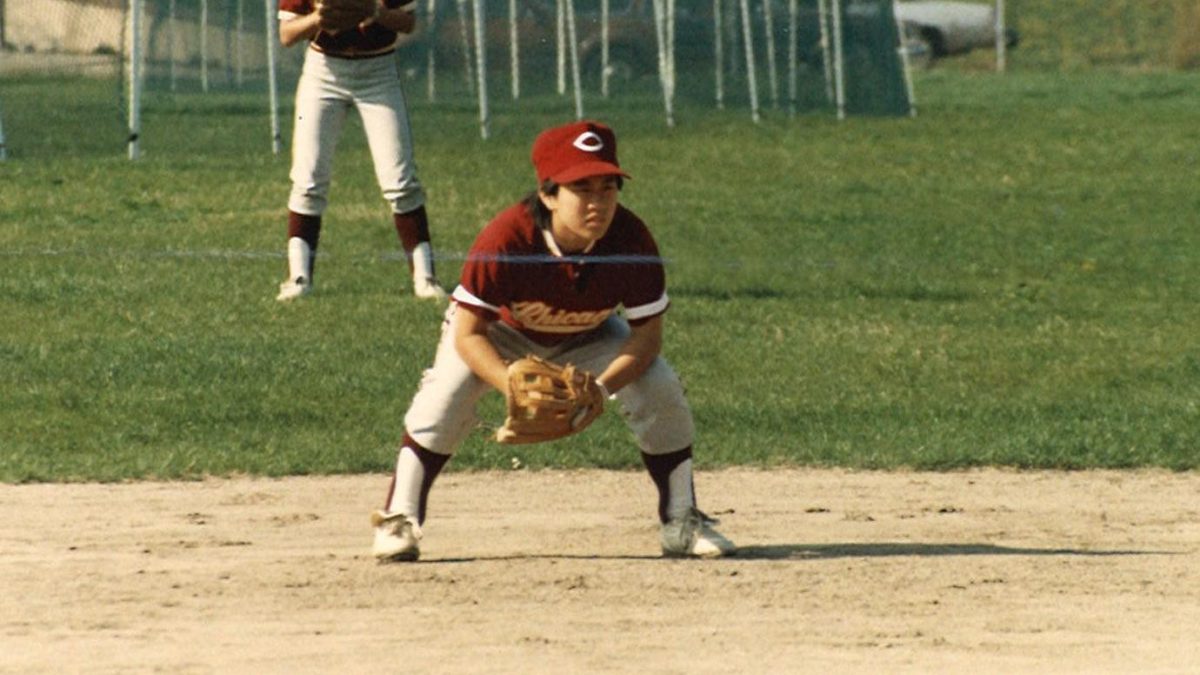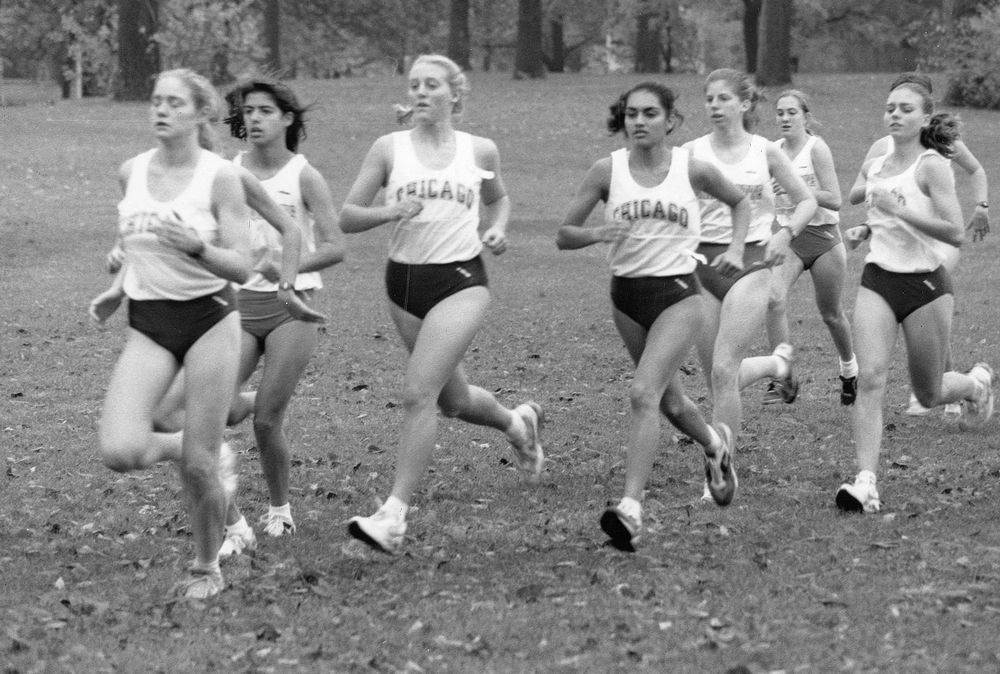[img id=”77868″ align=”alignleft”]
Two weeks out from their UAA Championship—which is October 31 and kicks off a three-week stretch that includes the Midwest Regional and, fingers crossed, NCAAs—men’s and women’s cross country are easing up, cutting back on their workouts. To prepare for the most important meets of their season, the runners will be taking it easy.
It’s called “Jack Daniels training.”
To be clear, that’s Jack Daniels, the renowned cross country coach who minted All-Americans during his tenure at SUNY–Cortland, and when Chicago’s runners tell you they’re “taking it easy,” the phrase is being construed awfully broadly.
The Maroons, who you’ve probably seen running about campus, follow a training program that’s carefully laid out by head coach Chris Hall, and which keeps to principles developed and popularized by Daniels. It’s a lengthy, detailed, and time-intensive regimen, and sticking to it has its ups and downs, during practice and after.
The Daniels theory of training stretches preparation for the biggest races over nearly six months, and divides training into three general segments. The first, which Chicago’s runners began back in June, not long after outdoor track concluded, focuses on base building. The athletes cover long mileages during this phase at relatively slower paces, acclimating themselves to longer distance and building on their endurance.
Once back on campus, Chicago’s runners get into phase two, which Hall calls the “grunt and groan” phase. The most physically taxing of the three, it expands the Maroons’ aerobic capacities and improves overall fitness. Total mileage is high here, as is the pace of the workouts; the point, as second-year Mahmoud Bahrani explained it, is “making [runners] more efficient.” In-race, that efficiency means they can focus on the tactics of racing without concerns about their conditioning.
By this time of year, the runners are scaling back the rigor of the grunt and groan phase and transitioning into the final stretch. Mileage comes down, from as many as 100 per week to 40 or 50, allowing runners to take it easy and rest without losing the conditioning built up over the past months.
“This time of the season, the hardest part is getting to bed,” Bahrani said. “It’s hard to fall asleep because you’re so pumped up. The workouts get so easy that you’re not really tired—you’re used to being like, ‘Oh, thank God, sleep.’”
Better, Faster, Stronger
The Maroons may keep tabs on the miles they do in a week, but they’ll tell you those numbers only scratch the surface of what training involves. Within their totals are included threshold runs, interval training, long runs and alleged “easy runs,” most of which Hall plans out far in advance (in accordance with Daniels’ theory), and all the miles are supplemented by light lifting.
Threshold runs cover a set distance or time at a consistent speed, often a little below race pace. Interval training involves a series of short runs, with rests interspersed between them; a recent interval workout for the women’s team began with a half-mile run, followed by a quarter-mile, two eighths, another quarter, and another half. On easy run days, the teams go short mileages at comfortable paces.
Long runs are held unofficially on Sundays, and reach double-digit mileages. Last Sunday, the women’s team hopped into the Chicago Marathon and did nearly half the course as their weekly long run.
Asked if she or any of her teammates were tempted to go the full 26.2 miles, first-year Julia Sizek said Hall had specifically warned his teams not to, as it might compromise the Maroons’ other preparation.
The rewards of training are not only in conditioning; runners also get practice in situations similar to those they face on race days. Interval workouts, for instance, can approximate the conditions of actual competition.
“We’re trying to recreate the end of the race,” second-year Jane Simpson said of the intervals. “The kind of speed you’re going there at the end, and the fatigue.”
Besides that, the Maroons get practice running with their teammates, a technique that is important for racing. Having a teammate nearby helps the runners maintain their pace, and so working out and improving as a unit is central to Chicago’s practice regimen.
Grueling as it all can sound, Sizek said it’s not actually so bad.
“When you’re done, you have a satisfaction for being through with the workout, and everyone’s happy,” Sizek said.
Eating, Sleeping, and Living Well
The thought of devoting hours each week to running scores and scores of miles probably doesn’t appeal to most of us, but there are aspects of the runners’ lives—perks that kick in once the Maroons are back in street shoes—that might be more our pace.
Resting, for one. Running and racing are an excuse to get to sleep early, or to sleep in come morning.
“I get eight hours of sleep regardless,” Bahrani said, adding that it’s sometimes 10 hours in the days before a race. He said he didn’t have much trouble balancing his schoolwork and sleep needs.
And then there’s the food. All the time and energy spent training gives the runners leeway in what they eat; a second slice of pizza or extra scoop of ice cream isn’t out of the question. Most of the runners said they try to eat balanced meals, but they never feel like they have to hold back at the table.
“It’s one of the nice things about being a runner,” third-year Molly Peverada said. “You get to eat more dessert than the average person.”









